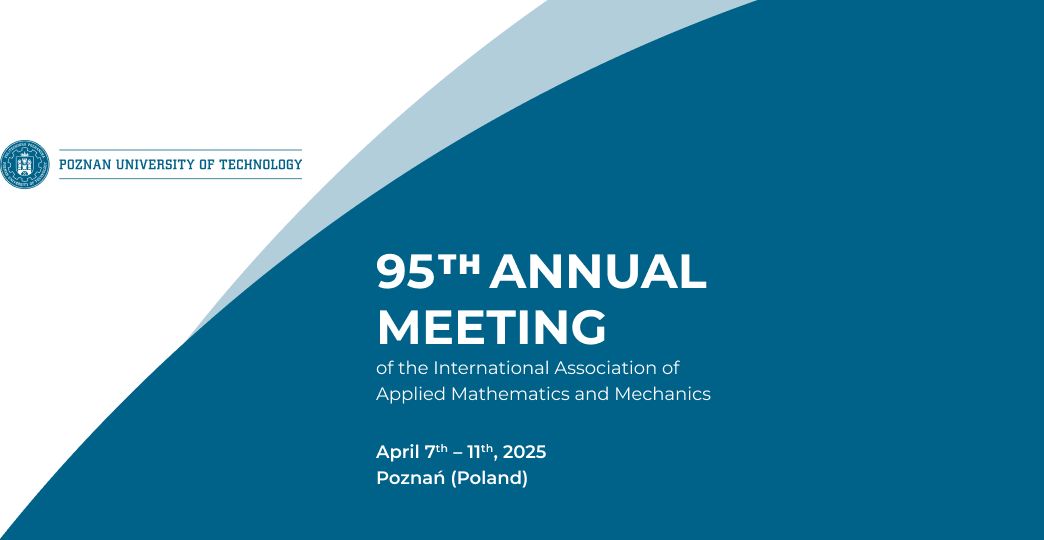Speaker
Description
This work demonstrates a fully thermomechanically coupled material model for shape memory alloys (SMAs) that accurately predict key behaviors that occur in SMA, such as the shape memory effect, superelasticity, stress and strain recovery, and martensite reorientation. Developed within the generalized standard material (GSM) framework, the model is derived from a rate potential, with its variations producing the governing equations: linear momentum balance, energy balance, and the evolution of internal variables. Building on the energy and dissipation formulations of the Sedlák [1] model, the proposed framework is applied to the design of an SMA-based out-of-plane bistable microactuator. This actuator features two antagonistically coupled SMA microbridges, enabling bistable behavior where the device snaps between two stable states under thermomechanical loading, exploiting constrained recovery forces to perform mechanical work. Simulation results demonstrate the model’s accuracy and computational efficiency in capturing the complex thermomechanical response of SMA devices, highlighting its usage for advanced bistable actuator design.
[1] Sedlak P, Frost M, Benešová B, Zineb TB, Šittner P. Thermomechanical model for NiTi-based shape memory alloys including R-phase and material anisotropy under multi-axial loadings. International Journal of Plasticity. 2012 Dec 1;39:132-51.
[2] Sielenkämper M, Wulfinghoff S. A thermomechanical finite strain shape memory alloy model and its application to bistable actuators. Acta Mechanica. 2022 Aug;233(8):3059-94.

